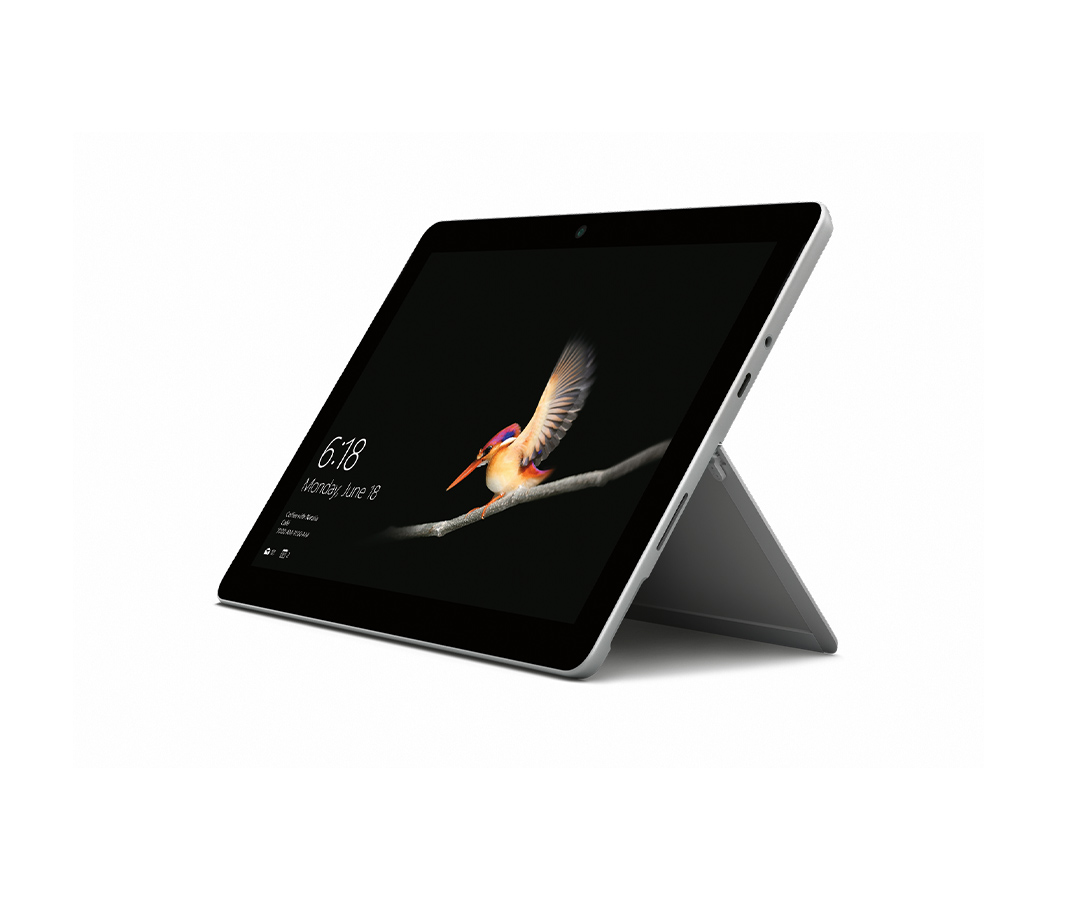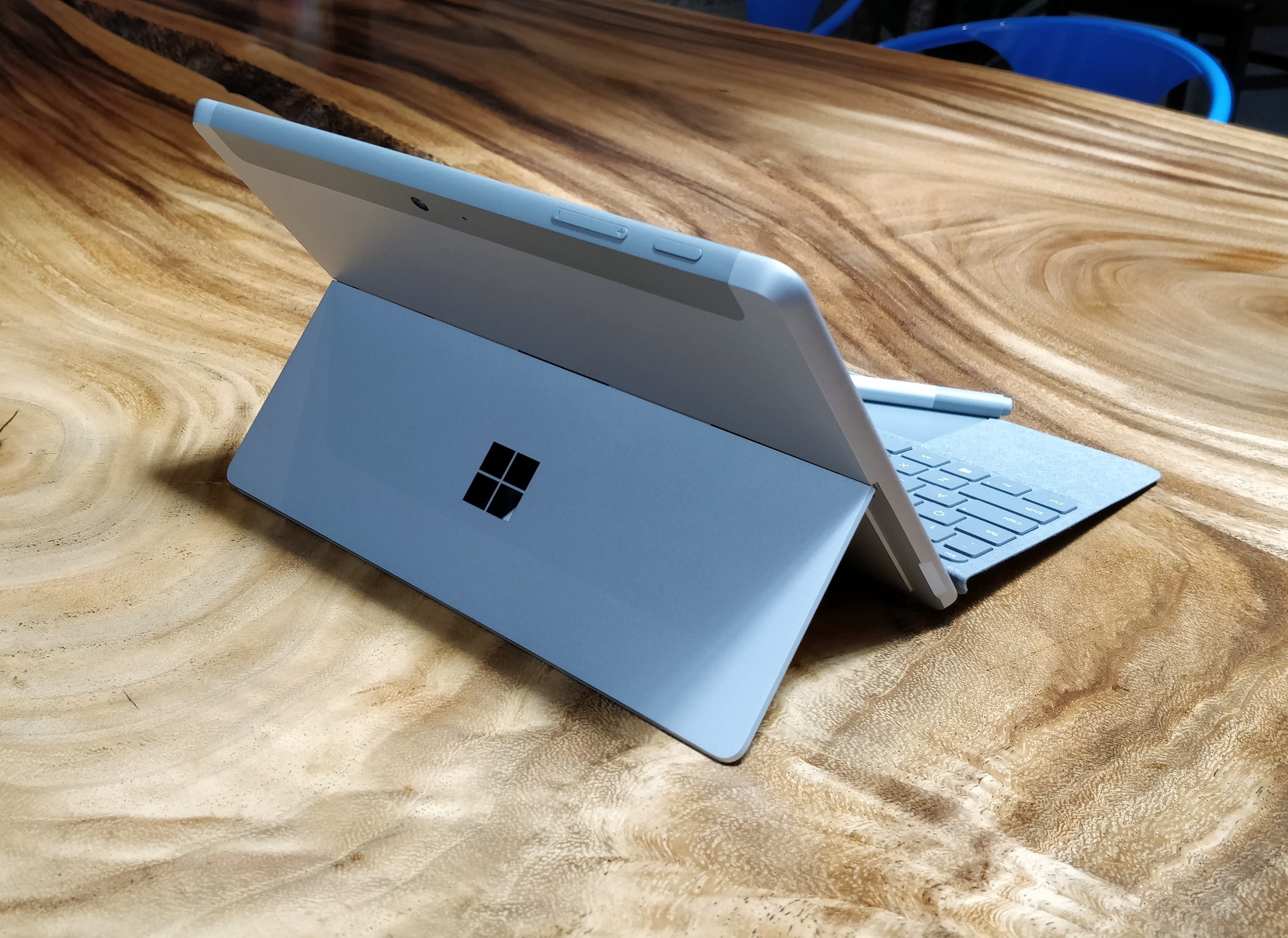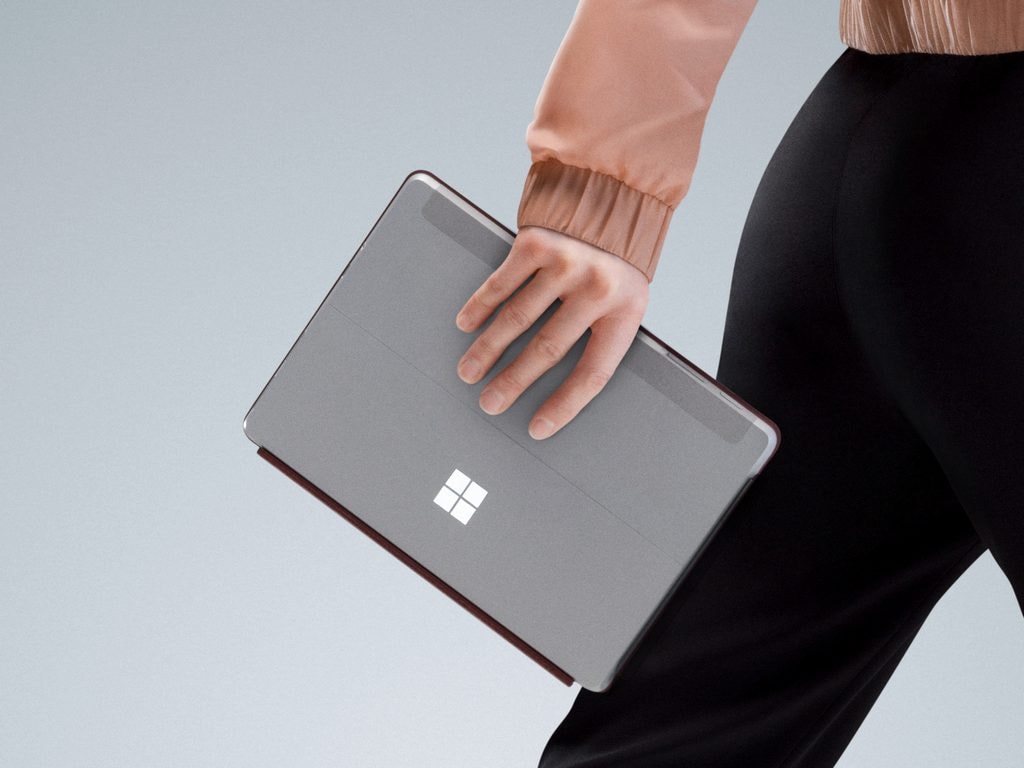
Shifting to our file transfer test, the Surface Laptop 5 copied 25GB of files at 532.52 MBps. It manages to easily outpace the Surface Laptop 5 on the single-core test, while nearly keeping pace on the multi-core match. But note the smaller Dragonfly G3 (which has the same Core i7-1265U as our Surface Laptop 5). The ThinkPad and XPS laptops both feature higher-wattage CPUs (a 28-watt Core i7-1260P in the ThinkPad and a 45W Core i7-12700H in the XPS), so it’s not surprising that they lead. Starting off with the CPU-focused Geekbench 5 test, the Surface Laptop 5 just manages to edge out the Surface Laptop 4 in the single-core test, but gets beaten by its predecessor in the multi-core benchmark. The keyboard and 2496 x 1664 touchscreen are still good, although the 720p webcam is starting to feel very dated for a laptop that starts at $1,299 ($1,899 as tested).


In many ways, that’s fine given that the all-aluminum, 0.58-inch, 3.4-pound shell still looks and feels great, like an edgier version of Apple’s MacBook Air, at least in our silver “platinum” review unit (black is the other option). The shift to the latest mobile Intel silicon also brings support for Thunderbolt 4 / USB 4 via the laptop's sole USB-C port for the first time.īut aside from a new light green sage color in the smaller 13.5-inch model (we’re testing the 15-inch model here), the Surface Laptop 5 is effectively the same device on the outside as the Surface Laptop 4 (and 2019’s Surface Laptop 3, for that matter).

But the 15-inch Surface Laptop 5 clamshell is now all 12th Gen Intel, all the time, jettisoning the AMD-based option in the previous-gen Surface Laptop 4, which spent a long time on our Best Ultrabooks and Premium Laptops list. Microsoft's Surface Pro 9 2-in-1 is now available with either an Arm or an Intel CPU.


 0 kommentar(er)
0 kommentar(er)
